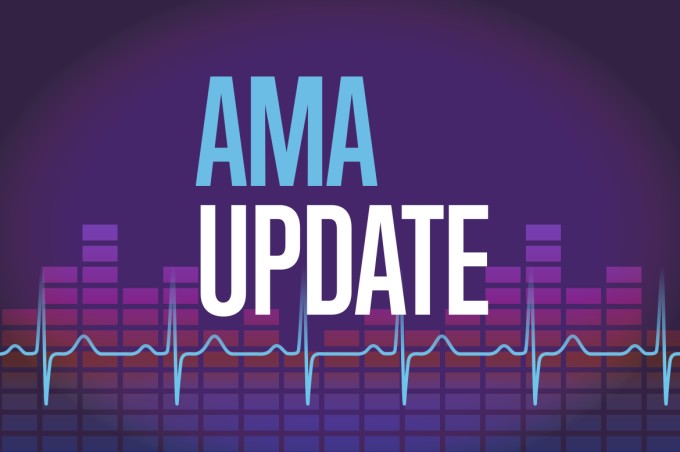Many individuals, especially those with prediabetes or diabetes, are aware that sugary treats like pastries and candies can elevate blood glucose levels. However, the reality is that many seemingly innocuous foods can also contribute to glucose spikes. Understanding which foods cause high glucose, even those that don’t taste particularly sweet, is crucial for maintaining stable blood sugar and overall health.
“It’s well understood that if you eat something sweet, like a brownie your blood glucose will bump, so no one is surprised when that happens,” said Stephen Devries, MD, a preventive cardiologist and executive director of the Gaples Institute. “But many patients are unaware that starchy foods, many without a trace of sweetness, can bump blood glucose levels even more.” This article delves into some surprising foods that can cause high glucose levels and provides healthier alternatives to help you make informed dietary choices.
Bagels vs. Doughnuts: The Unexpected Glucose Impact
Doughnuts, laden with added sugar and fat, are universally recognized as unhealthy. However, the deceptive nature of seemingly healthier alternatives can lead to unintended consequences.
“Patients with reason to be concerned about their blood sugar usually understand that sugary foods like doughnuts are poor choices,” said Dr. Devries. “In an effort to lower their sugar, they may swap a breakfast doughnut for something less sweet, like a bagel. But many patients don’t realize that starchy foods can cause blood sugar to soar even higher than sweet ones.”
This occurs because starch is broken down into glucose by the body. Bagels, with their higher carbohydrate content compared to doughnuts, result in a greater release of glucose into the bloodstream, increasing the glycemic load. This isn’t an endorsement to consume more doughnuts, but rather a call to recognize that limiting sugary foods is not enough. Reducing intake of starchy foods is equally vital in preventing high glucose levels.
A better breakfast option? “Skip the doughnuts and bagels for breakfast—better to opt for oatmeal and fruit for breakfast,” he added.
Starchy Potatoes: A Vegetable with a High Glycemic Load
While potatoes are classified as vegetables, not all vegetables have the same health benefits. White potatoes, in particular, possess a very high glycemic load. Consequently, a baked white potato can potentially raise blood sugar levels even more than a glazed doughnut.
 Baked potato vs glazed doughnut comparison, foods that spike glucose
Baked potato vs glazed doughnut comparison, foods that spike glucose
Interestingly, consuming chilled potatoes results in a lower glycemic load compared to when they are served warm. Healthier alternatives to potatoes include beans or cauliflower rice, a popular and nutritious option. These alternatives have a significantly lower glycemic load and offer essential nutrients.
Sticky White Rice: A Seemingly Harmless Staple
Despite its lack of sweetness, sticky white rice is another food that can deceptively increase blood sugar. Stripped of its fibrous outer bran and nutrient-rich germ layers, white rice primarily consists of starch, resulting in a high glycemic load.
Opting for brown rice is a wiser choice. As a whole grain, it retains more fiber than white rice and has a lower glycemic load. Other whole-grain alternatives to white rice include barley and farro.
“Whole grains are absolutely preferred over refined, but shouldn’t be consumed in unlimited quantities said Dr. Devries. “Large amounts of even whole grains, including brown rice, can still spike blood glucose levels.” Moderation is key, even with healthier alternatives.
The Role of Fiber in Regulating Blood Sugar
Dietary fiber, particularly soluble fiber, plays a crucial role in reducing the amount of sugar absorbed from the digestive tract, as emphasized in the Gaples Institute nutrition course. Excellent sources of dietary soluble fiber include oats, beans, apples, citrus fruits, and nuts. Incorporating these foods into your diet can help mitigate the impact of other foods on blood glucose levels.
Making Informed Choices for Stable Blood Sugar
Understanding which foods cause high glucose, even those that are not overtly sweet, is essential for managing blood sugar levels effectively. By making informed dietary choices, such as swapping bagels for oatmeal, white potatoes for cauliflower rice, and white rice for brown rice, you can take proactive steps towards maintaining stable blood sugar and promoting overall health. Remember, moderation is key, even with healthier alternatives.
